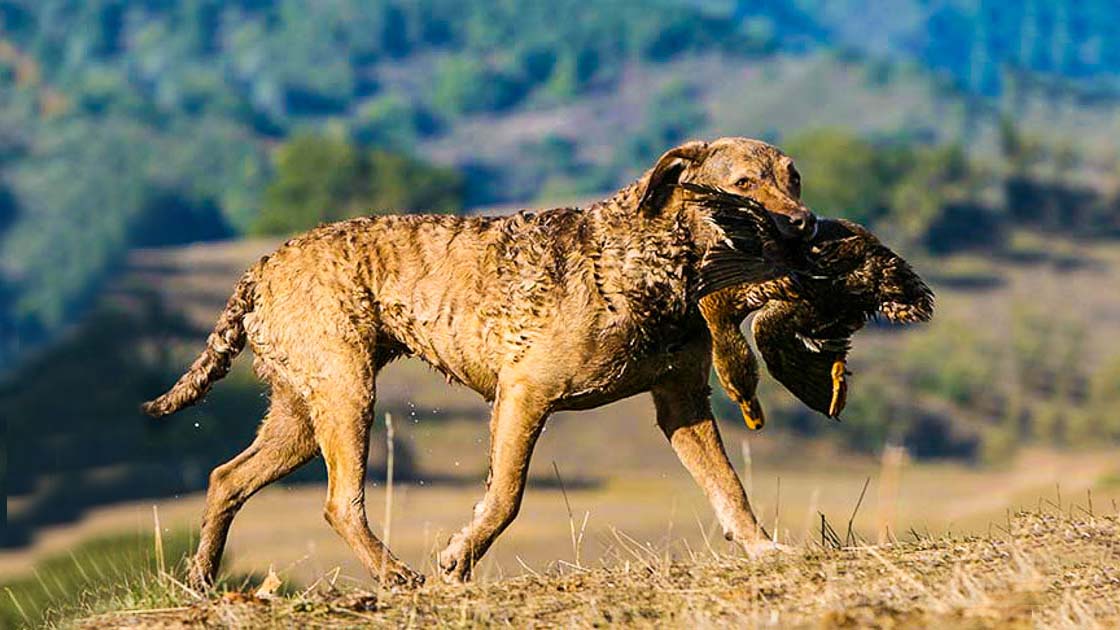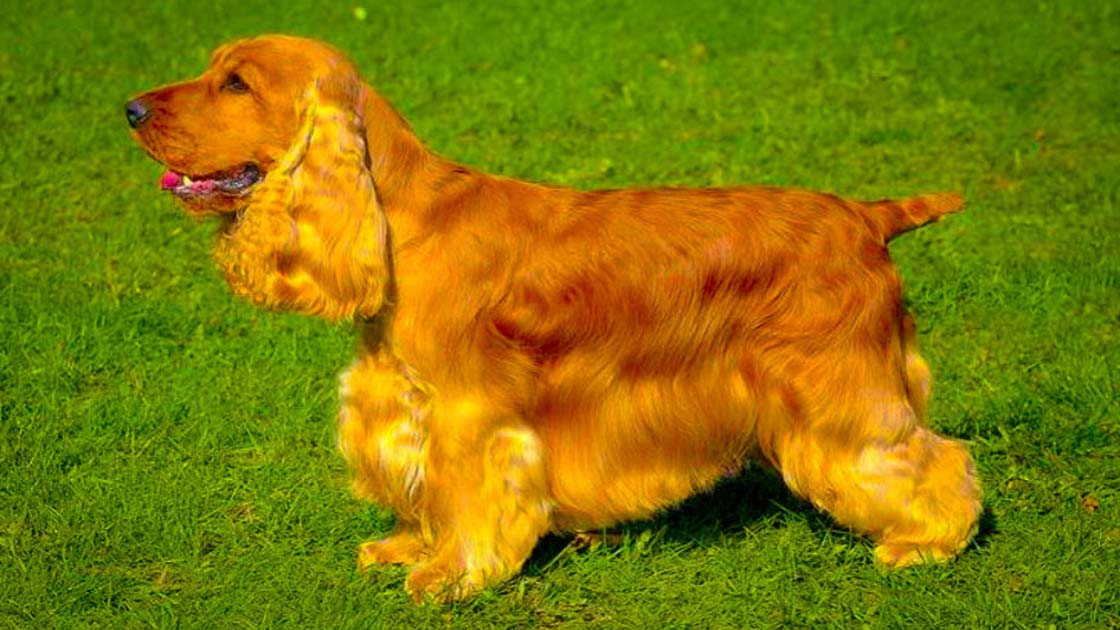West Highland White Terrier
Origin: Scotland
Popularity Rank: 44 Since 2020
Color: The West Highland white terrier dogs are pure white, and any other color.
Life Span: The West Highland white terrier’s life span is 12-16 years
Size: The West Highland white terrier Medium in size
Height: Its Height is 10-11 inches (25-28 cm).
Breed Group: The West Highland white terrier dog belongs to the Terrier group.
Pricing: West Highland white terrier price ranges from $1500 – $3000.
Weight: The West Highland white terrier weight of the male and female dog is 15 to 20 pounds.
West Highland White Terrier History
The West Highland white terrier, or Westie, is a Scottish dog breed with a unique rough white coat and a soft white undercoat. They have longer legs than other Scottish varieties of terrier. Later in its history, these dogs started a second career as show dogs.
Although historians have not yet fully discovered the exact timeline of the Westie’s creation, it is widely acknowledged that the breed’s ancestry originated in the Scottish county of Argyllshire. Colonel Edward Donald Malcolm, who carefully developed the breed, took its original name, the Poltalloch Terrier, from the Malcolm family home. It is claimed that Colonel Malcolm unintentionally shot one of his dark-colored terriers because he mistook it for prey, inspired by the breed’s renowned white coat. This incident motivated him to concentrate on producing only white terriers.
The Westie gained popularity as a companion dog when the Kennel Club in the United Kingdom recognized it as a breed in 1907. Its amiable and outgoing personality,
Even though they had existed for hundreds of years, it was not until 1896 that they were publicly displayed at a Scottish dog show. Moreover, Westies debuted at an American Kennel Club show just ten years later, in 1906. Soon after 1908, a West Highland white terrier received its first AKC registration.
West Highland white terrier Qualities
The west highland white terrier breed is an active, gregarious breed with a strong hunting drive, as they were previously trained to hunt rodents. The West Highland white terrier’s eyes are often brilliant, deep-set, almond-shaped, and dark in color. They are intelligent, self-sufficient, and stubborn. Moreover, the breed is intelligent, quick in learning, and friendly with youngsters. Westies are renowned for their alert and self-assured personalities. They are vivacious and restless creatures who are constantly willing to explore their surroundings and look into any action or movement.
Despite their energetic personalities, Westies are typically amiable and affectionate with their family members. They enjoy spending time with their human friends and develop close ties with them. Westies exhibit typical terrier characteristics, including independence, tenacity, and energy. They have a strong prey drive and a natural urge to chase small creatures.
West Highland white Terrier Body
The west highland white terrier dogs do not tolerate harsh handling all the time. Their skull is relatively long, not too narrow, somewhat curved, and progressively tapered toward the eyes. Their medium-sized, dark-hazel eyes are widely spaced apart, sharp, and intelligent-looking. Moreover, they have a strong, proportionately long muzzle that gradually tapers toward the nose. They have little, erect-carried ears with short, silky hairs. Their neck is solid and well-proportioned to their shoulders. Furthermore, they have short, solid forelegs and rear legs. Their tail is five to six inches long and covered in tough hairs. They move freely, symmetrically, and effortlessly.
Moreover, their ears are erect and sharp. Their body is shorter than other dogs’ shoulder height. They have a deep chest, powerful limbs, a black nose, and a short, closely fitted jaw that bites with “scissors.” Westies are standard terriers. They are hardy, determined tiny dogs to go underground after a fox or badger. They have a varmint-like appearance, a deep chest, black ribs, a straight back, and powerful quarters on muscular legs.
Besides, these dogs are small, game, hardy-looking terrier breeds. Finally, the feet’s pads, the roof of the mouth, and the nose are all black in hue.
Coat
These dogs’ coat is double-coated, and the outer layer is made up of hair about two inches long and straight. This breed has a double coat of white fur that fills out the dog’s face and gives it a rounded appearance. The distinctive white double coat of the Westie, which is made up of a rough, wiry outer coat and a soft undercoat, is well known. The breed’s distinctive color is white, which gives them a lovely and eye-catching appearance.
West Highland white terrier Health Issues
Craniomandibular Osteopathy, Atopic Dermatitis, Eye, and hip dysplasia are expected in West Highland white terrier dogs. The Westie, the West Highland White Terrier, is typically a healthy breed. However, they are susceptible to several health problems like dogs.
Skin Conditions
Atopic dermatitis, allergies, and seborrhea are just a few of the skin disorders that Westies are susceptible to. Itching, redness, hair loss, and skin infections can all be brought on by these disorders. Skin conditions can be managed and prevented with regular grooming, a healthy diet, and effective flea control.
Atopic dermatitis
Atopic dermatitis is one of the most common chronic skin problems affecting dogs, particularly breeds like the West Highland White Terrier. An allergic skin disorder, atopic dermatitis, causes skin irritation, itching, and inflammation. It is often brought on by the immune system overreacting to environmental allergens such as pollen, dust mites, mold spores, or particular foods.
Legg-Calve-Perthes Disease
The illness Legg-Calve-Perthes This hip joint problem results from degeneration. It causes the femoral head to deteriorate, which causes pain, limping, and limited mobility. The damaged area of the femoral head may need to be surgically removed as part of the treatment.
Craniomandibular osteopathy
A genetic disorder known as craniomandibular osteopathy (CMO), commonly referred to as “lion’s jaw” or “westie jaw,” particularly impacts some breeds, notably the West Highland White Terrier. The skull and jawbones grow abnormally and excessively in CMO patients. The mandible (lower jaw), the temporomandibular joint (TMJ), and other areas of the skull are particularly susceptible to the thickening of the bones due to excessive bone growth.
Treatment
Like any other breed, the type of treatment for West Highland White Terriers will depend on the individual health issue or condition they are dealing with.
Medication
Depending on the illness, veterinarians may provide medications to treat infections, manage symptoms, or lessen pain. It is crucial to follow the administration and dosage recommendations.
Surgical Interventions
Sometimes, surgical procedures are necessary to treat specific illnesses or injuries. Spaying and neutering, dental work, tumor removals, and orthopedic operations for problems like luxating patella or hip dysplasia fall under this category.
Dietary Management
A portion of balanced and sufficient food is necessary for West Highland White Terriers’ overall health and wellbeing. Veterinarians may advise a particular diet or dietary modifications Based on age, weight, amount of activity, and any underlying medical issues.
Lifestyle Changes
Veterinarians may advise making changes based on the patient’s health. Exercise limitations, environmental adaptations, weight control, or alterations to daily schedules to meet particular demands are a few examples of this.
Constant Evaluation
Regular follow-up visits with the veterinarian are essential to monitor Westie’s progress, assess the efficacy of the treatment, and make any necessary adjustments to the treatment plan.
For More Details Contact Us [icon name=”square-phone” prefix=”fas”]







